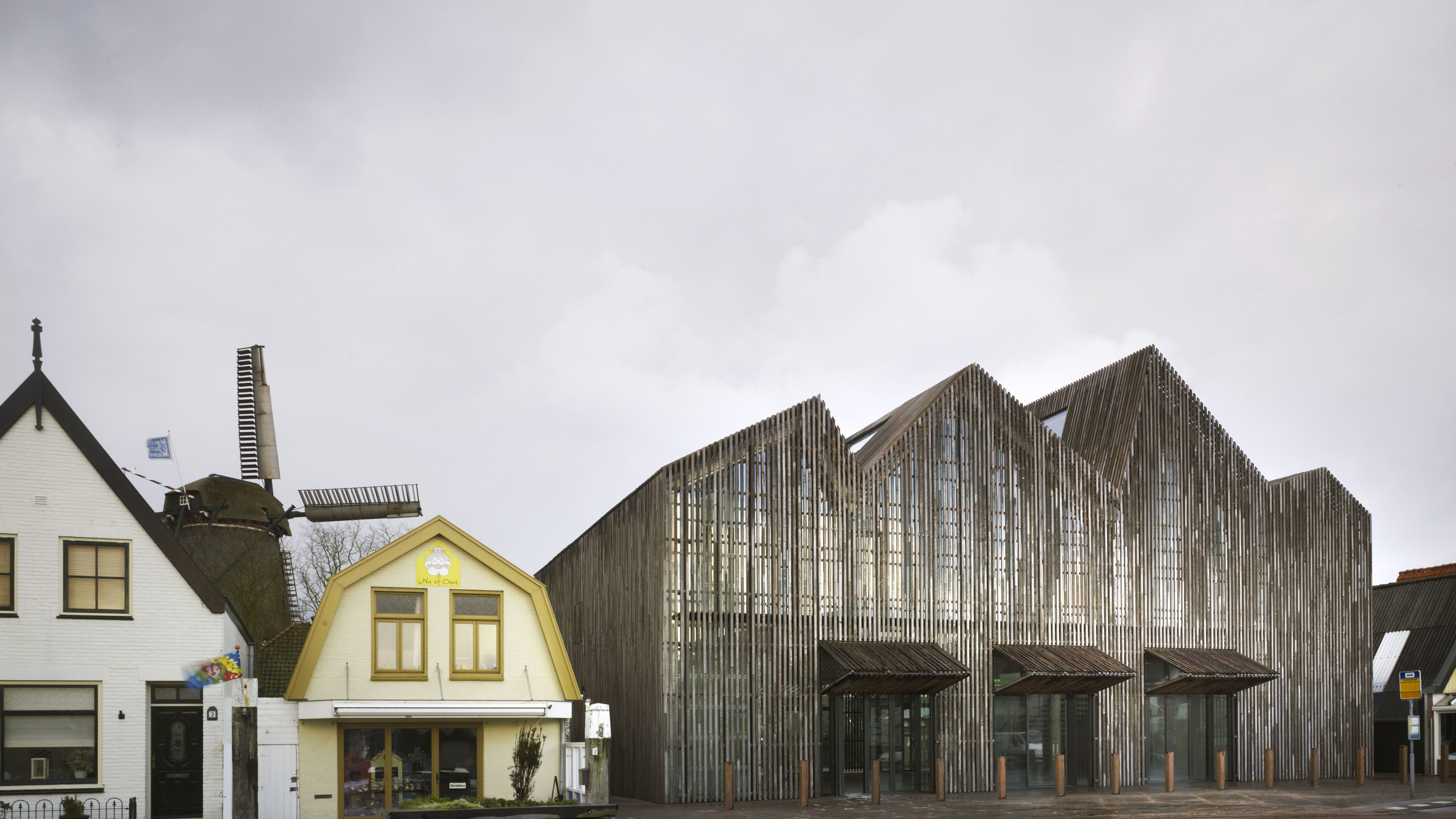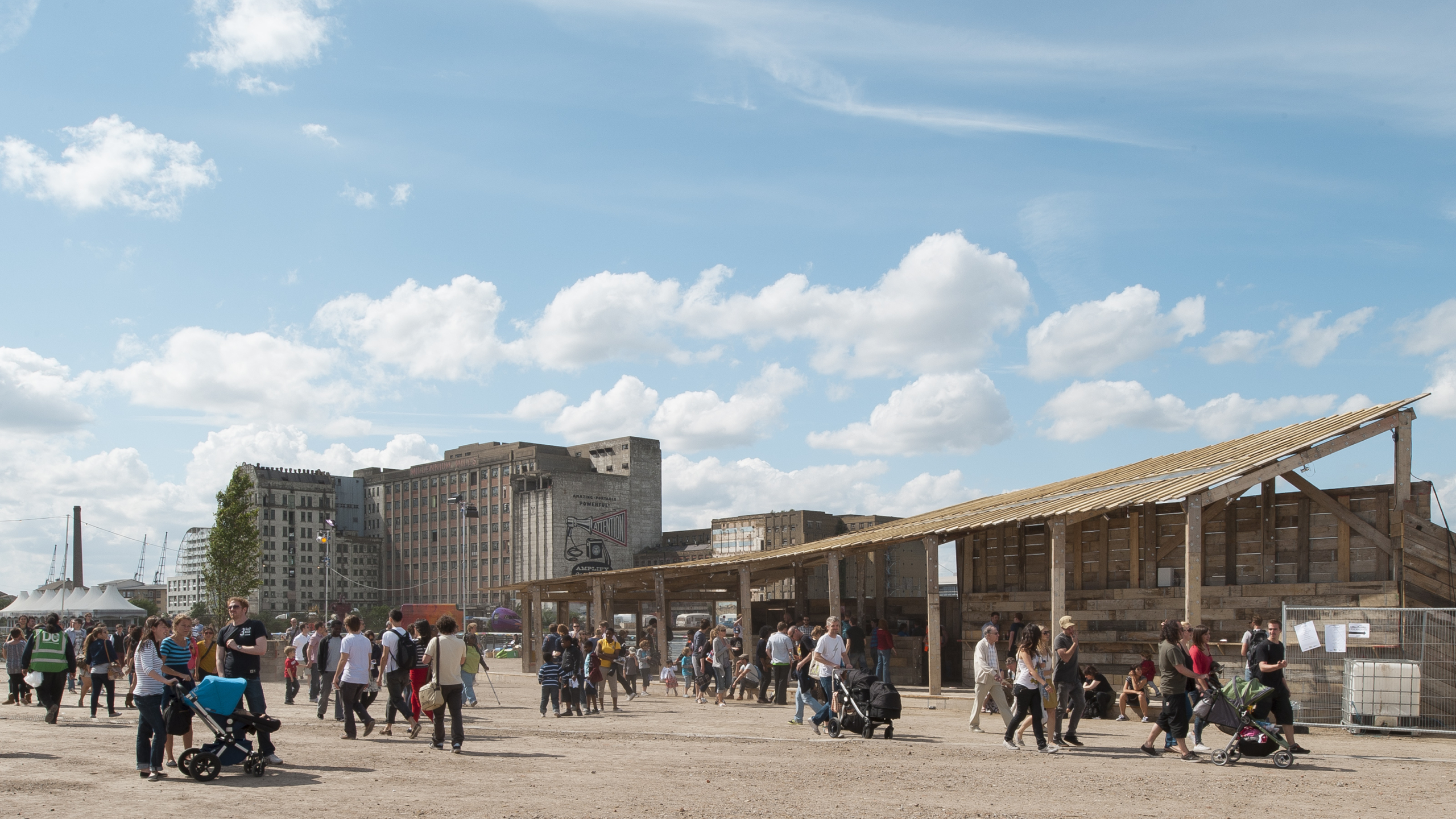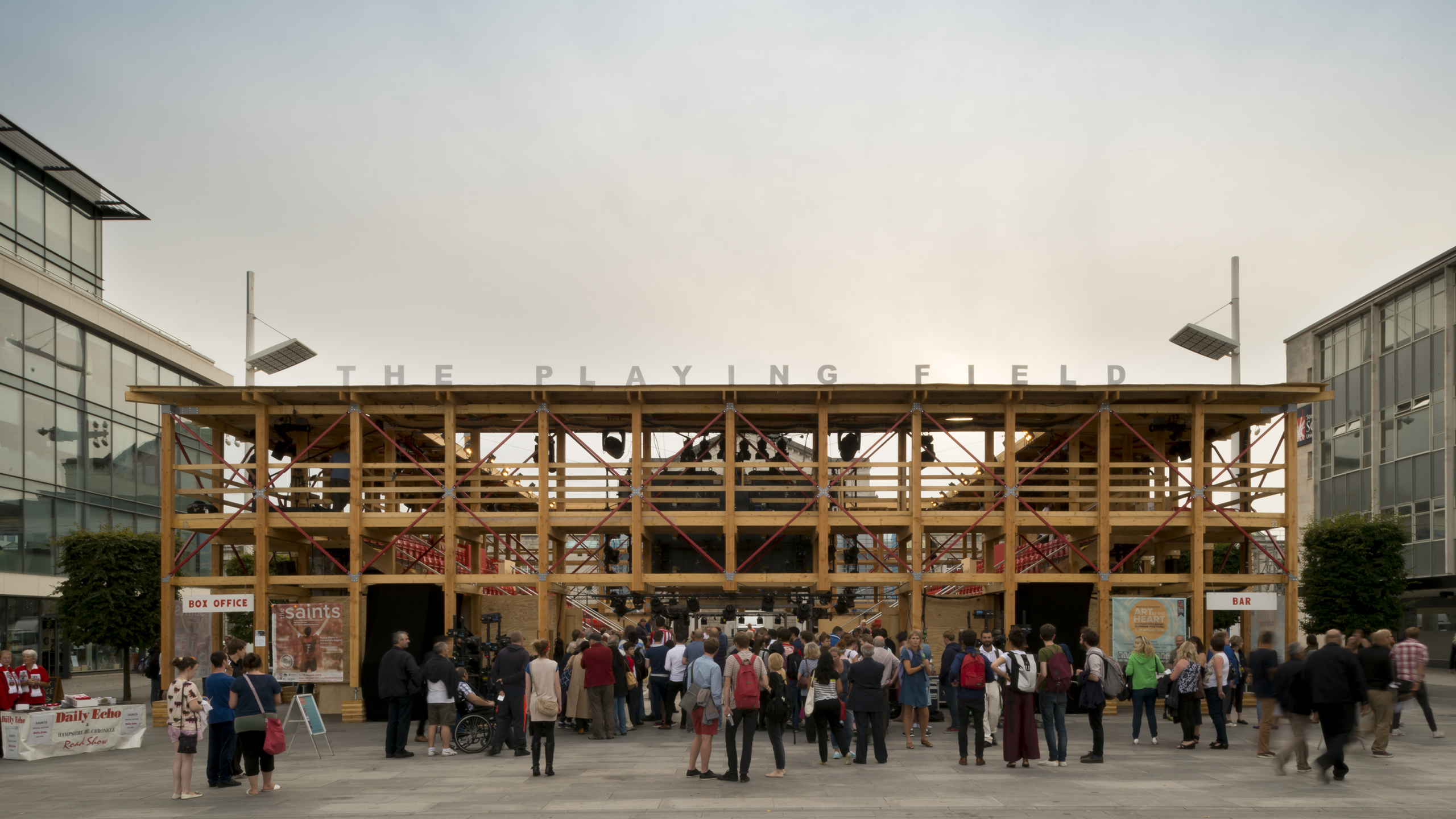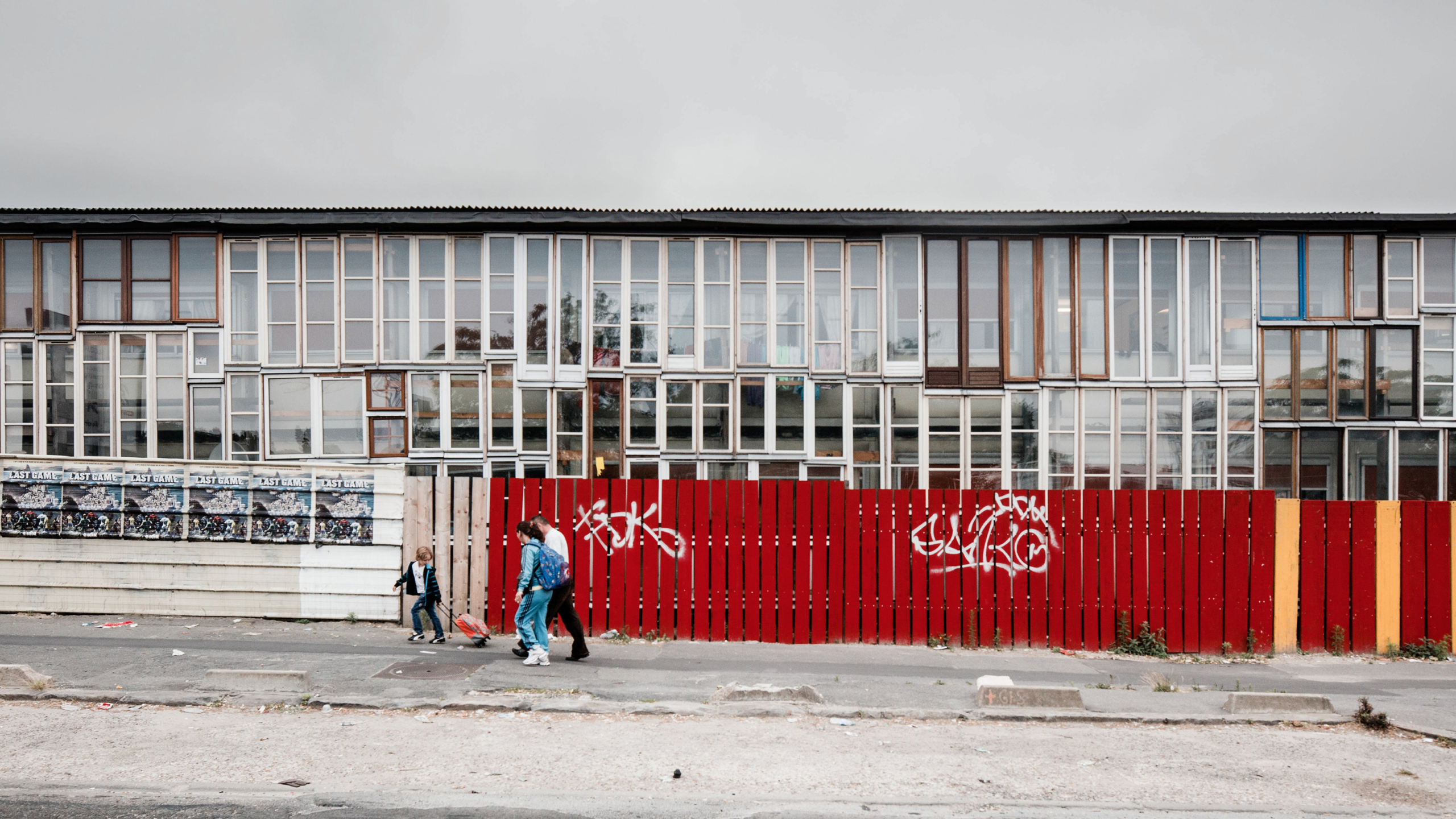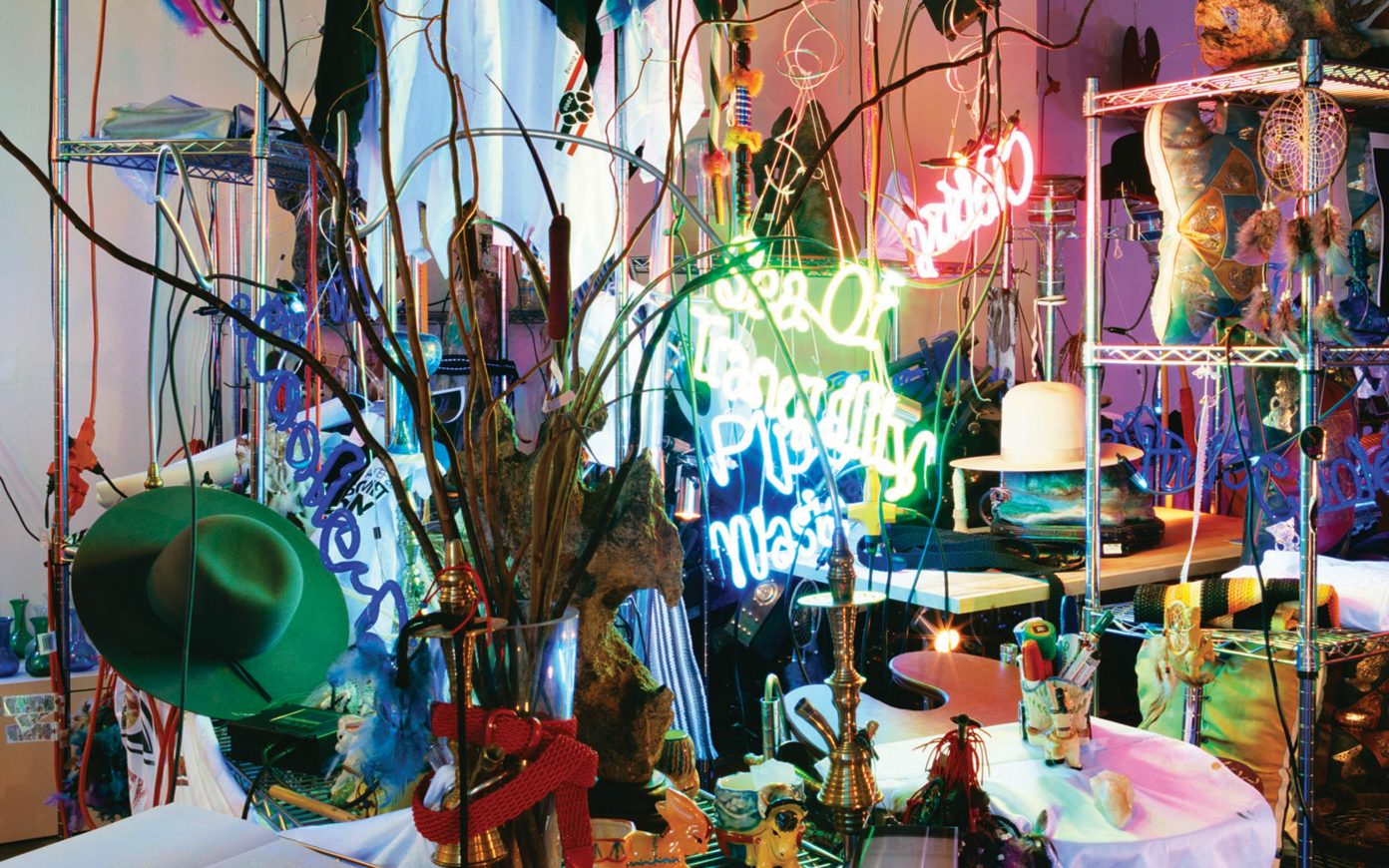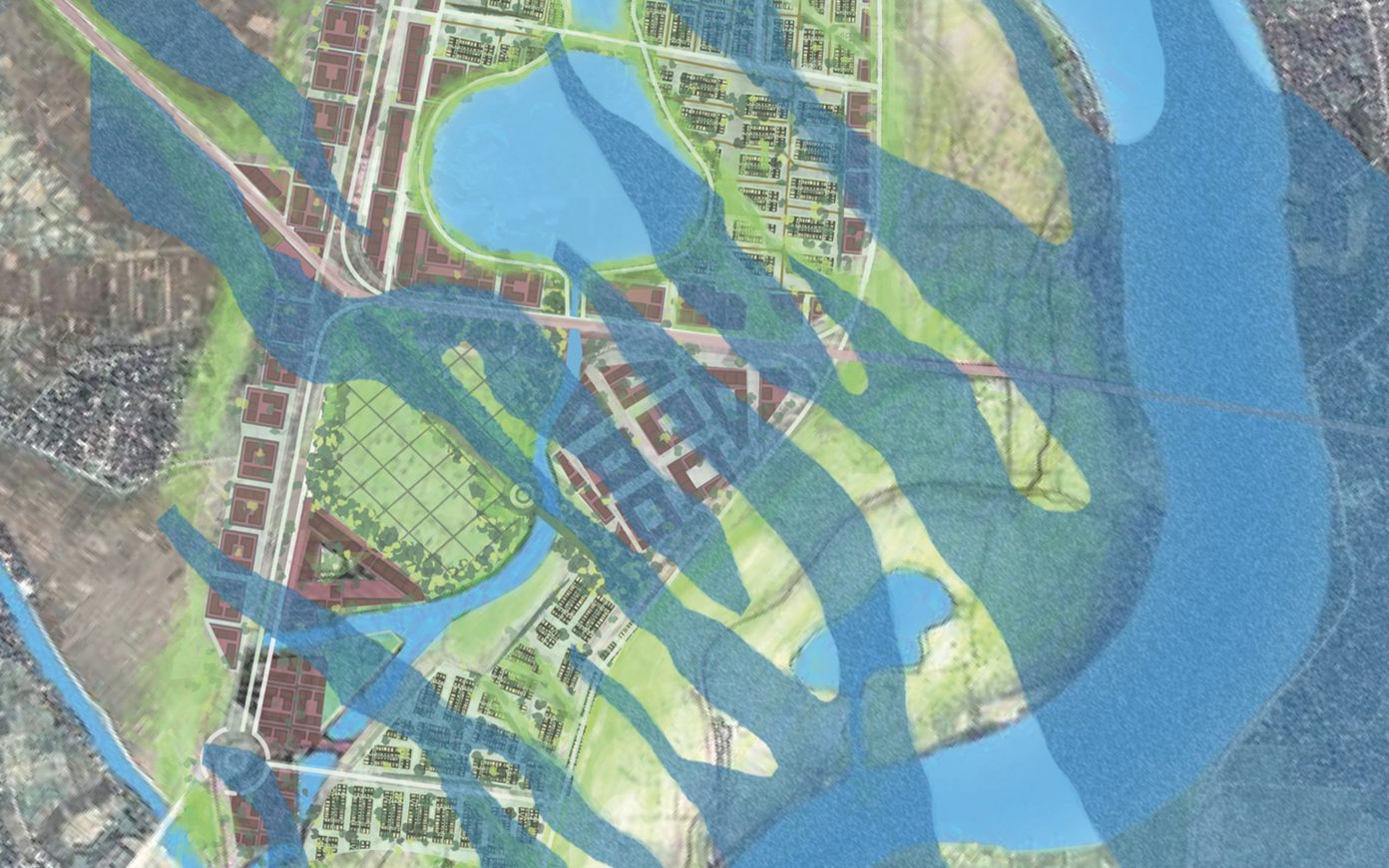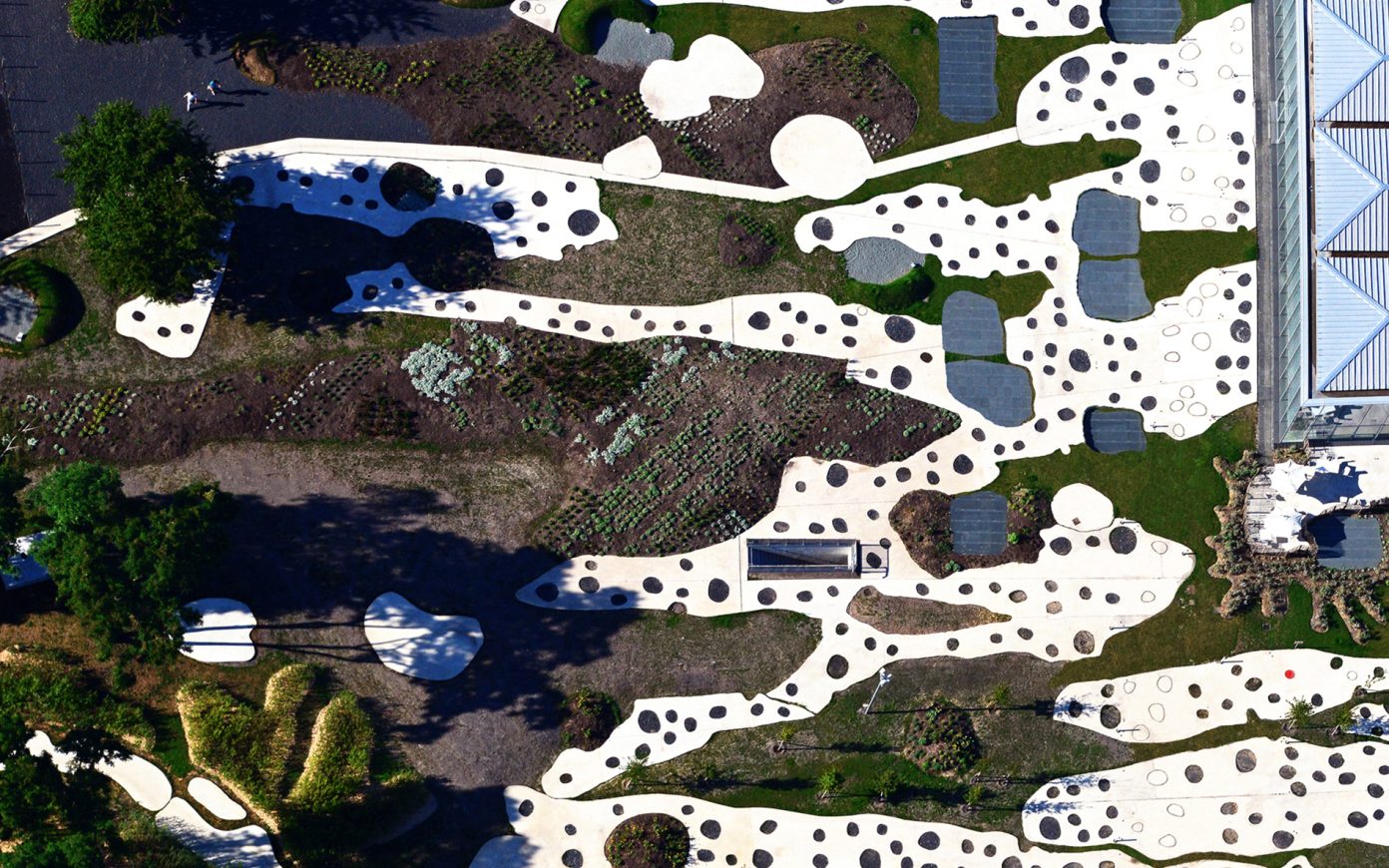Experimentation as a resource
Albert Schweitzer stated that example was not the main thing in teaching others – it was “the only thing”. And more than being a mere pedagogical approach, example can also become a design tool. When students build their project proposals at a scale of 1:1 and develop their design not only technically but also in terms of content and meaning alongside other specialists: structural, mechanical and energy engineers, landscape and city planners, lighting designers, wood, earth, stone and recycling experts, writers, filmmakers, musicians…. the age of Gropius’ interdisciplinary “nomad-architect” has begun.
One should test and prove the capacity of project prototypes to “age well”, to meet the challenges of climate and user flexibility, urban and rural contexts – because the capacity to “age well” in such conditions is the very essence of a sustainable design approach that integrates civic practice and acceptance with the unique “social capital” of the crafts that Richard Sennett has called “that basic human impulse: the desire to do a job well for its own sake.”
Collective design tasks realised through experimental learning hope to replace, in the long term, such questionable aims as “originality” and “artistic talent” with much more aspiring standards – technical, aesthetic and artisanal perfection – as a means of starting to reverse “the marginalisation of those who truly know their job, and know it as something more interesting than themselves.”
Vitruvius, the ancient Roman design theorist, expressed the very same educational concern at the beginning of his treatise, suggesting that the architect should discover a broad cultural understanding in, at least, philosophy, medicine, law and astronomy, the four disciplines that, for him, were at the core of human survival and dignity. His inter- and trans-disciplinary education of the architect formed a framework of knowledge and architectural skills in which designing and building were only the final, the experimental destination of a long journey of initiation. He approached architecture from outside, from the wider world, as the culmination of a programme of universal training: “Let him be educated, instructed in geometry, know much history, have followed the philosophers with attention, understand music, have knowledge of medicine, know the opinions of the jurists and be acquainted with astronomy and the theory of the heavens.”
“Let him be skilful with the pencil” was the final skill requested by Vitruvius, the last, recapitulatory expertise to be learned by the architect. Leon Battista Alberti, around 1,500 years later, confirmed this “hands-on” practice as the summum in architectural learning, so to say, “from within” the discipline of the crafts.
Architectural learning: time, needs and experimentation
Architectural learning through the resources of time, needs and experimentation is thus a theory of process in which construction is understood not as a factor which one sub-contracts but as a civic, creative and performative ability which the aspiring architect has to develop over many years.
This article was initially published in Stream 04, in 2017.
